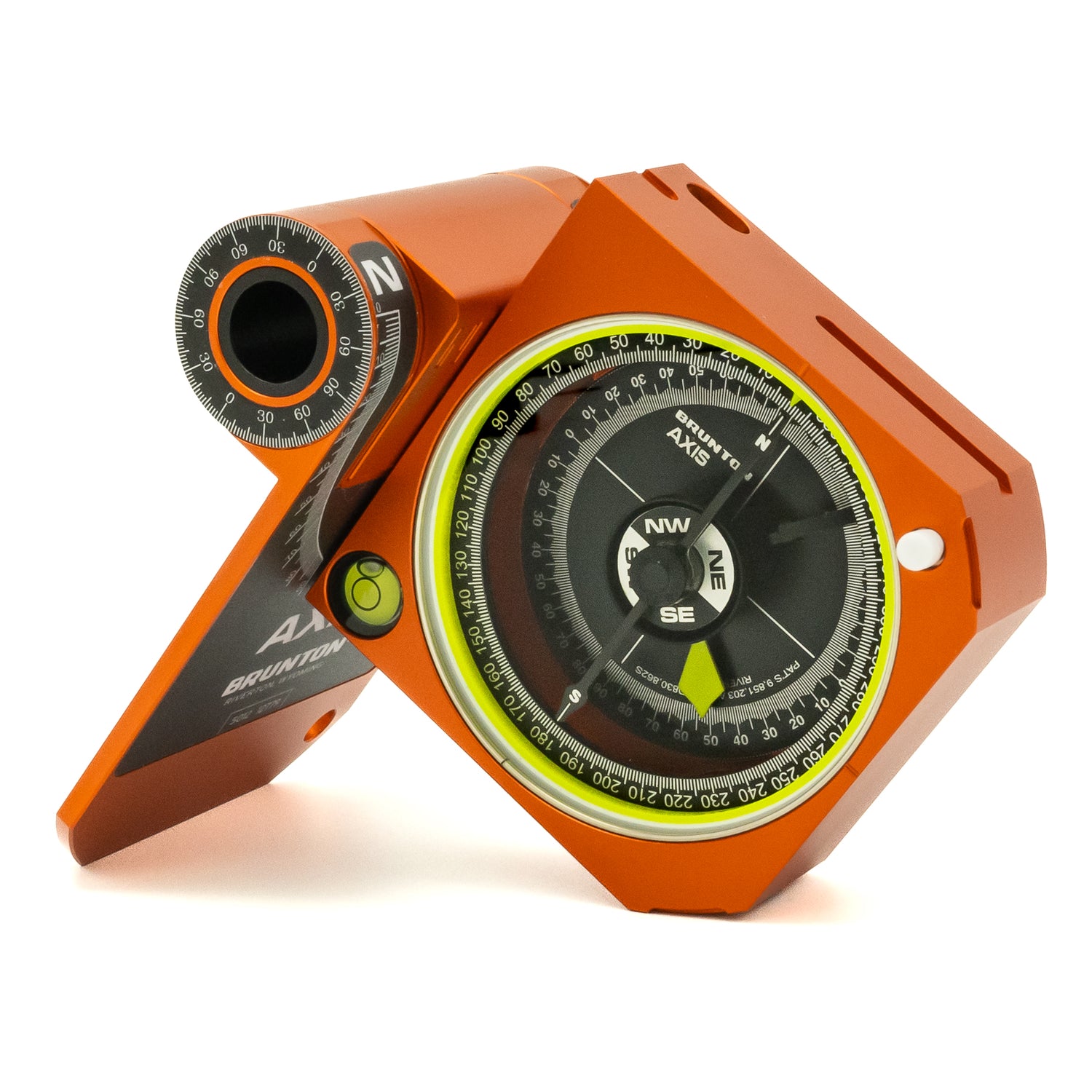Imagine running 100 miles, unassisted, in 60 hours or less. It probably sounds feasible to any endurance runner, but the Barkley Marathons are different. The route is nestled in Tennessee’s backcountry, and was inspired by an assassin's escape from prison. It might just be one of the hardest races on the planet.
Since 1986, only 18 people have completed the treacherous course in the allotted time. The Barkley Marathons took place this past March, and guess what, no one crossed the finish line this year. So what does it take to run this grueling, soul crushing, but ultimately character building race?
The Race
The course in Frozen Head State Park boasts 60,000-vertical feet in gain and loss--that’s basically up Mount Everest and back down, minus the high elevation. Only 40 people are allowed to compete each year. Every time someone wins the race, the course is changed for the following year. Racers can expect mud, fog, and snow on their journey, which can create some problems with navigation.
The Navigation
No form of GPS is allowed during the race. Runners are given a Walmart watch that is set to racetime, and that’s it. Since the race course changes, and is often off-trail, runners must carry a map and compass with them, along with the instructions of the race organizers.
They are also required to hit 13 unmanned checkpoints, which entails finding a book that might be hidden under a rock or by a tree, and tearing out the page number that corresponds to the runner’s bid.
Because the Barkley course is frequently changed, it is extremely difficult to train for. It’s not predictable like famous marathons, say the New York Marathon, and the course is also unmarked.
The Finish
Running in the Barkley Marathons, whether you decide to do the “fun run” under 40 hours, or the full ultramarathon, is ultimately a humbling experience. With it’s quirky entry fees--a license plate from your state--and it’s demoralizing DNF tune of “Taps,” running the Barkley Marathons is a humbling protest to the seriousness of all the other races.


